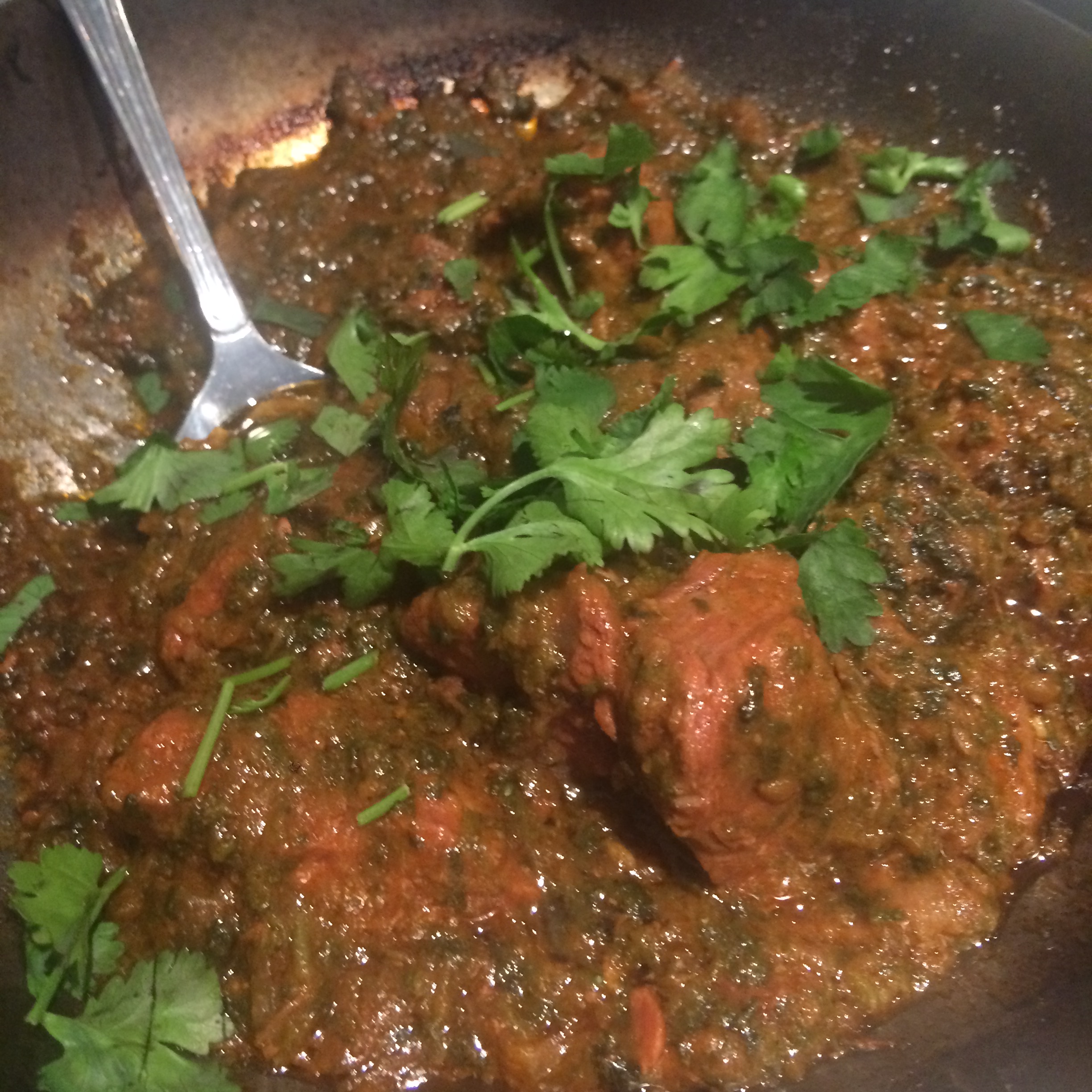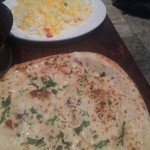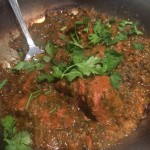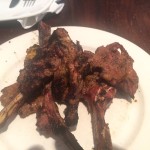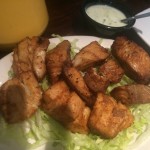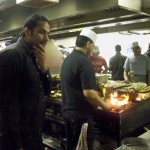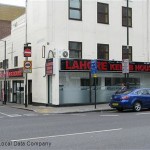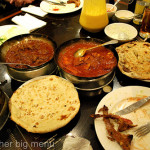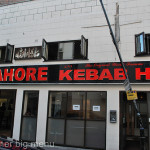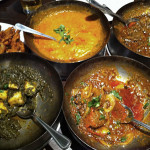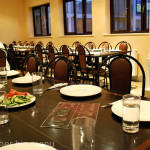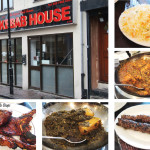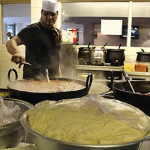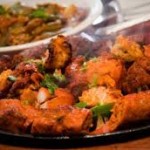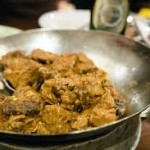The Lahore Kebab House is an institution, a legend in its own lunchtime. Over the years I’ve been there several times, usually group nights out after a few beers. From the outside it looked unprepossessing: a Pakistani eatery on a side road off the heart of the Indian textile central that is Commercial Road in the East End, a takeaway kitchen with a narrow staircase leading to a big but shabby dining room.
The thing that set the Lahore Kebab House apart was the food – and in groups it was easy – just tell the waiters to keep bringing food and they would do exactly that, better food than the nearby Brick Lane, maybe even the best Pakistani food outside Pakistan. No airs or graces, not even a drinks licence, just brilliant grub – and the grapevine did the rest.
But that was some years ago, and in the restaurant biz things change rapidly. As it turns out the success of Commercial Road spawned a second LKH (Streatham High Road, since you ask), but it also turns out they have catered for the crowds attracted by the buzz by taking over a neighbouring shopfront and expanding widthways. Downstairs, there are two huge dining rooms separated by a huge and heavily-populated open kitchen, churning out dishes at a rate of knots. Presumably there are still rooms upstairs, but we never got that far.
Did I say buzz? I’ve never seen a restaurant fill so fast. At 6:30pm on a Tuesday evening we walked into a deserted LKH. Come 7 the tables were going fast, and by 7:30 it was heaving, transformed from a warehouse into a swinging hot spot – but at a cost. The dreadful acoustics meaning that by the time we left the other buzz (talking and laughing from other tables) had reached such a crescendo that we could barely hear ourselves think. LKH is, at least to some extent, a victim of its own success, and certainly not a secret to be kept among your friends any more.
That said, it has not lost the downbeat and slightly charming ambience, nor the downbeat and slightly charming service. During our time there a 50-over cricket game was playing on TVs around the restaurant, and had I been there alone it would have given me pleasure to eat and watch, but I had charming company and in any case had to get on with the serious business of restaurant reviewing over a largish table-à-deux, made thus to carry the weight of food, of which more anon.
First plaudit goes on service, which as any customer will tell you is as important as the grub. We were more than pleasantly surprised by the most obliging waiter I’ve ever known in 45 years of dining. Nothing was too much trouble, to the extent that he brought us a range of takeaway containers with which to carry home our leftovers, and even told my companion in detail how to make said leftovers into an A1 biriani. Earning a good tip was the very least he achieved – I would go back just for the pleasure of being served by this chap.
He offered free bottle of water, and took it away when we chose a jug of mango lassi instead – which was thick, yogurty and delicious. He took our orders, read them back to us and never put a foot wrong the whole time. That much you expect, but the quiet good humour was a model for others to follow – and unlike The Booking Office, he had mastered the art of being there whenever we needed attention.
So to the food. Point one: don’t go to the LKH unless you are very hungry, and even then be careful not to over-order. Portions verge on the American, such that the two starters we ordered would undoubtedly have been main courses a hop, skip and jump away in Brick Lane. My mother, never one to admire nouvelle portions, in spite of being slender as a stick insect, would unquestionably approve.
Starters in question were the most expensive in the house, but were they worth the premium? You bet! I’ve eaten the grilled lamb chops before at LKH. To use a well-worn cliché, they were to die for then and they are to die for now, being thin, meaty, succulent and savoury, seasoned with a touch of spice and utterly delicious. Should add that my companion thought them tasty but over-salted and overcooked, though they were perfectly tender and I failed to detect any excessively salty notes.
On the other side of the table, a plate laden with shredded lettuce was topped by large chunks of masala fish: that is, white fish coated in a masala marinade and grilled. The acid test for many restaurants is whether they overcook fish, but this one did nothing of the sort – the only problem was that there was way too much to finish.
For mains we chose a sag gosht (lamb with spinach), bhindi chicken (with okra aka ladies’ fingers), each served in a metal karahi dish, one portion of pilau rice and a garlic nan. The rice alone would have comfortably served a family of six, but let that pass – it did a fine job in mopping up the sauces; the nan was perfect, the mains judiciously spiced and deeply flavoursome, albeit slightly heavy with the ghee.
The success of the dishes may be attributable to going back to roots and away from the culture of other Anglo-Pakistani restaurants, since it is quite clear that LKH have found a winning formula and are sticking to it regardless: they started with kebabs like mother used to make, and they do the same to this day.
In view of its popularity, you could forgive LKH for going upmarket and charging West End prices, but as it was we spent £44 and could have managed a very fulsome dinner for two at £30. The sums may be different, but LKH is now the home of humble East End dining, in the way that pie, mash and eel shops were cheap food for the masses in years gone by – the value was undeniably brilliant.
Thankfully, they have also resisted the temptation to wade big time into brand management. No cookery book, range of cook-in sauces or balti dishes you can use at home, none of the crap – and that’s exactly what I like about LKH, namely its total lack of pretension. It’s not the place you would choose for all circumstances, but for what it is it is the best of breed, served with panache, and you can never ask more than that.

